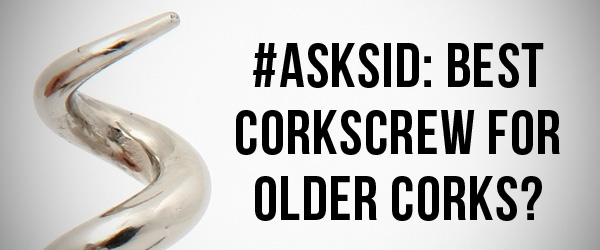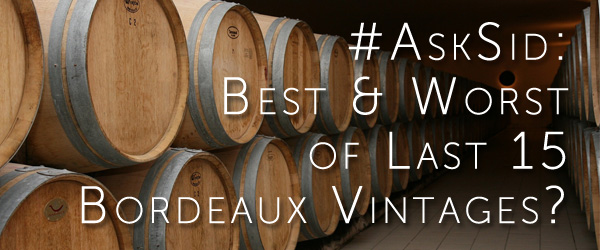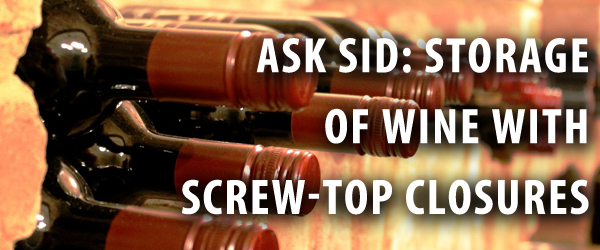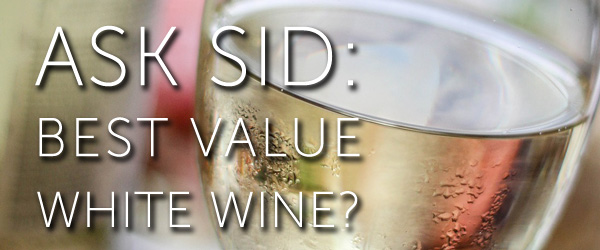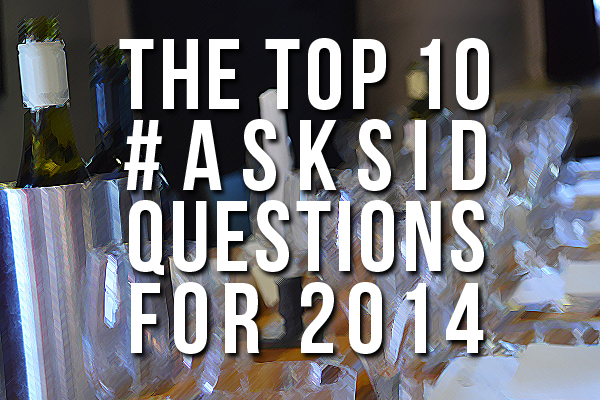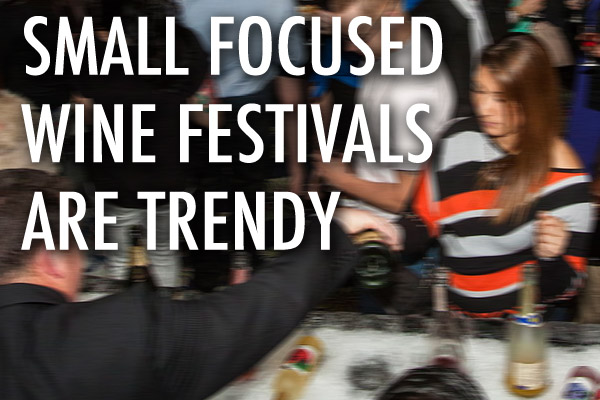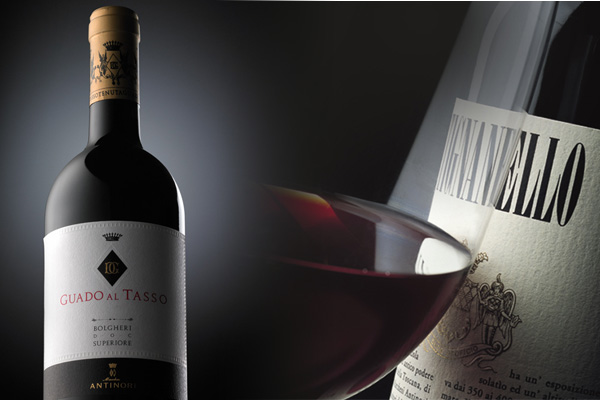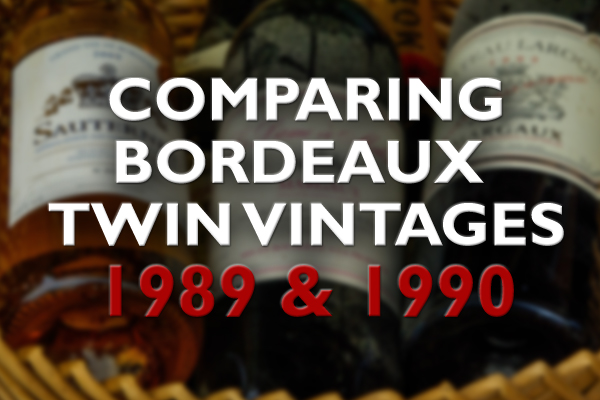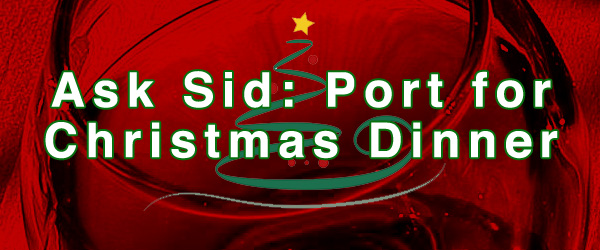
By Joseph Temple
It’s been another great year writing for the International Wine & Food Society as a guest blogger! And looking back at the Top 10 postings according to Google Analytics, it’s obvious that nostalgia dominated 2016 just like it did in 2015. Also interesting to see that readers enjoyed learning about the non-traditional wine countries while at the same time enjoying all the drama and controversy surrounding some of this year’s biggest wine auctions. A big thanks to everyone who visited and supported this blog throughout the year. Here’s to an even better 2017!!!

1. Looking back at 5 food trends from the 80s
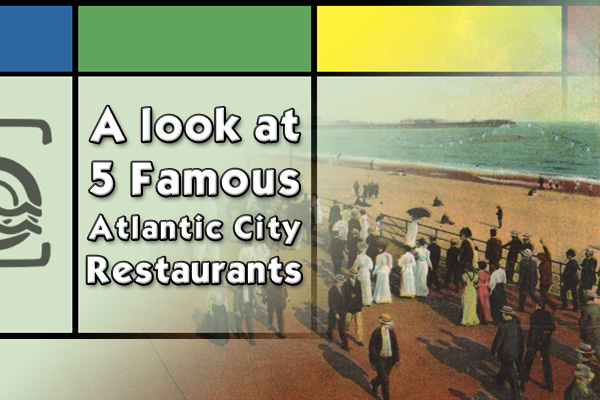
2. A look at 5 famous Atlantic City restaurants

3. 10 interesting facts about Brazilian wine

4. 5 Interesting Things About The Michelin Guide

5. Bill Koch’s wine cellar under the gavel

6. 5 ways to wine and dine like you’re Thomas Jefferson
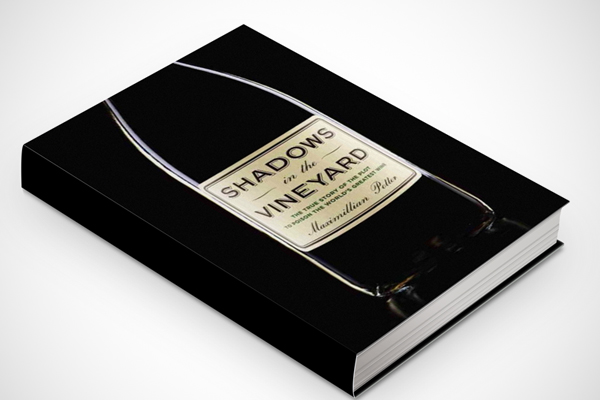
7. Book review: Shadows in the Vineyard

8. Where in the world is one of the coolest wine cellars?
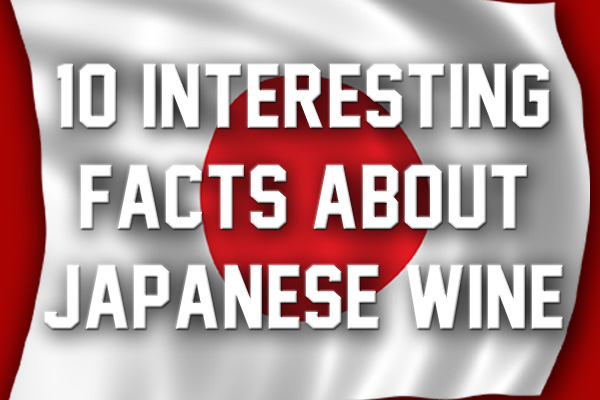
9. 10 interesting facts about Japanese wine

10. Caveat Emptor: How an internet sleuth raised serious doubts about a prestigious wine auction
You might also like:
 |
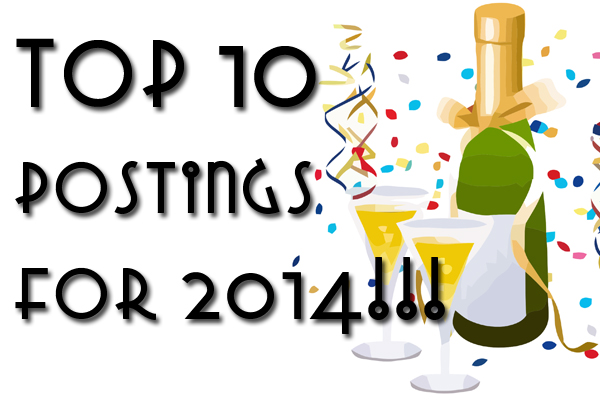 |
 |

